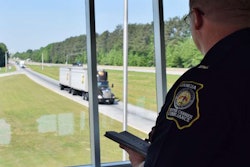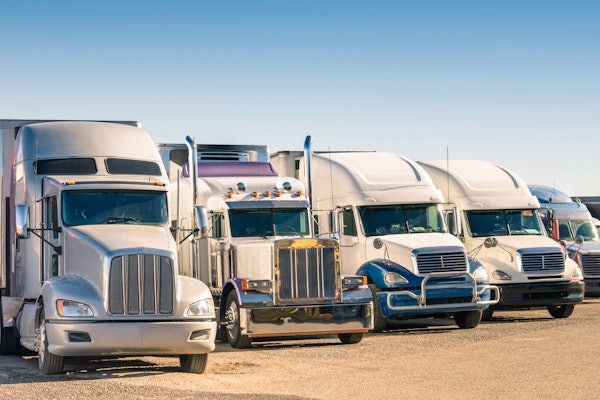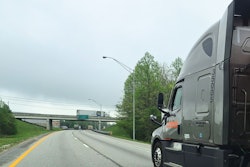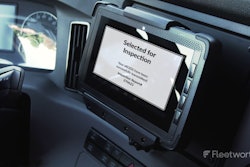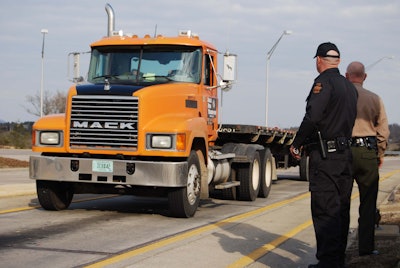
The synchronous nature of the two events — an end coincidental with a beginning, effectively — is more than mildly interesting, suggesting the future of all manner of roadside and, particularly, hours compliance. With EOBRs on all interstate trucks, and weigh stations set up with WRI technology, inspections of various levels could be logged automatically and instantaneously. FMCSA has often cited estimates in the neighborhood of 25 times the number of inspections that could be enabled with full deployment of WRI technology.

I’ll be getting into this more in subsequent reporting, but it’s something to consider. The upshot is not all bad, of course, assuming those added inspections are mostly of the clean variety. With WRI, geofencing is utilized to create areas in which a hauler’s on-board device is automatically pinged upon entering, registering an inspection of the driver’s hours, license and registration credentials immediately. The geofenced areas could be a weigh station, for sure, but also a company terminal or other location, where “virtual inspections” with no violations could then impact a carrier’s CSA measurement system percentile rankings in a positive way.
All in all, said Lieutenant McKenzie, the technology, still broadly in the testing phase, is designed, with CSA’s new emphasis on inspections in safety scores, to get carriers to “police themselves.” Considering it all, I’m wondering if it finally may well be time for owner-operators and small fleets to join some of their large-carrier counterparts in getting out ahead of the electronic-logging curve. I proposed a similar notion last year in this post about the proliferation of EOBR technology and the old “black box logic” that validates de facto opposition to the devices. Whatever the case, OOIDA remains opposed to a mandate. Thoughts?

